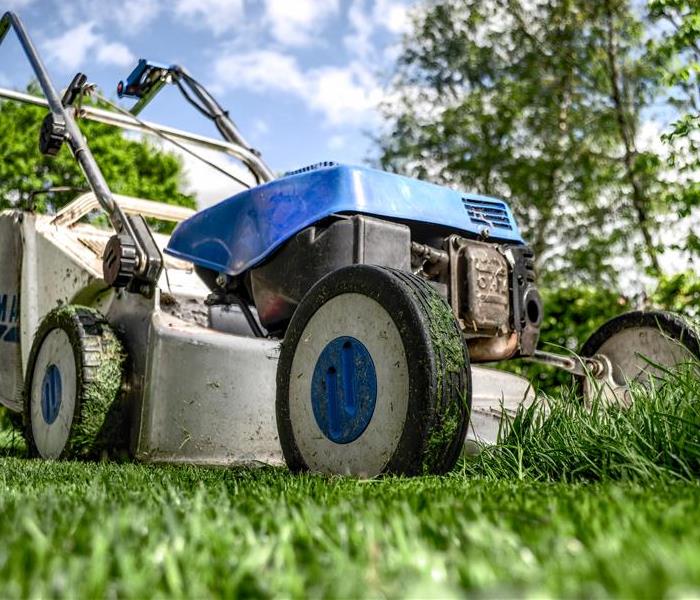Elizabeth City/Outer Banks Lawn and Garden Month
4/7/2016 (Permalink)
April is National Lawn and Garden Month and the team here at SERVPRO® of Elizabeth City/Outer Banks have a few gardening and lawn tips that may help keep your yard and home protected against flooding and water damage.
Lawns
Homeowners can begin with the size and care of lawns. Rather than maintaining a large carpet of green through the use of pesticides and herbicides, consider reducing the size of your lawn by 10% and allow your landscape to be a bit more natural. You can help prevent soil erosion by using native plants in your landscape that help hold soil in place and filter storm water. As a bonus, your lawn and garden will be greener during the dry days of summer, as native plants are more drought resistant than many popular non-native lawn grasses.
You can take a few simple steps to make your lawn healthier and better able to absorb rainwater when it falls:
- Use an organic fertilizer early each spring
- Set your mower to 3”, not anything lower (Cutting too short results in decreased root growth. More roots mean more water is absorbed and runoff is reduced.)
- Water infrequently but deeply
- Use hand tools to remove individual weeds
Rain Gardens
Even owners of small pieces of property can help prevent flooding through the use of a rain garden. A rain garden is a low-lying vegetated depression (typically 3 to 6 inches deep) with absorbent soils that temporarily collect storm water runoff from impervious surfaces and allow the runoff to slowly percolate into the soil.
When building a rain garden, plants with the highest wet-soil tolerance should be placed in the center, since those at the edge will drain fairly quickly while the middle remains submerged.
Large or small, rain gardens should be planted with native plants. Using native plants is best whenever possible, as they require little to no watering in between rainfall, making a more low-maintenance yard and cutting down on the need for harmful pesticides. As a general rule, any plant described as Japanese, Oriental, English, etc. is obviously not native to North America and should be avoided.
Some common native flowers are black-eyed Susan, coneflower and wild columbine. Native trees include sweetgum, red maple, Eastern redbud and American holly. But these are just a few of the hundreds of plants that are native to our region. The best way to figure out which plants are native is to explore a book or online guide that describes native plants. Here are three excellent resources to help you get started:
- The U.S. Fish & Wildlife Service’s Native Plants for Wildlife Habitat and Conservation Landscaping: Chesapeake Bay Watershed
- The Native Plant Center, an online version of the U.S. Fish & Wildlife Service’s native plant guide
- The Lady Bird Johnson Wildflower Center’s online Plants of Chesapeake Bay collection
Here at SERVPRO of Elizabeth City/Outer Banks, we believe in prevention first!
*Sources: Raritan Headwaters, Lot Plans.






 24/7 Emergency Service
24/7 Emergency Service
